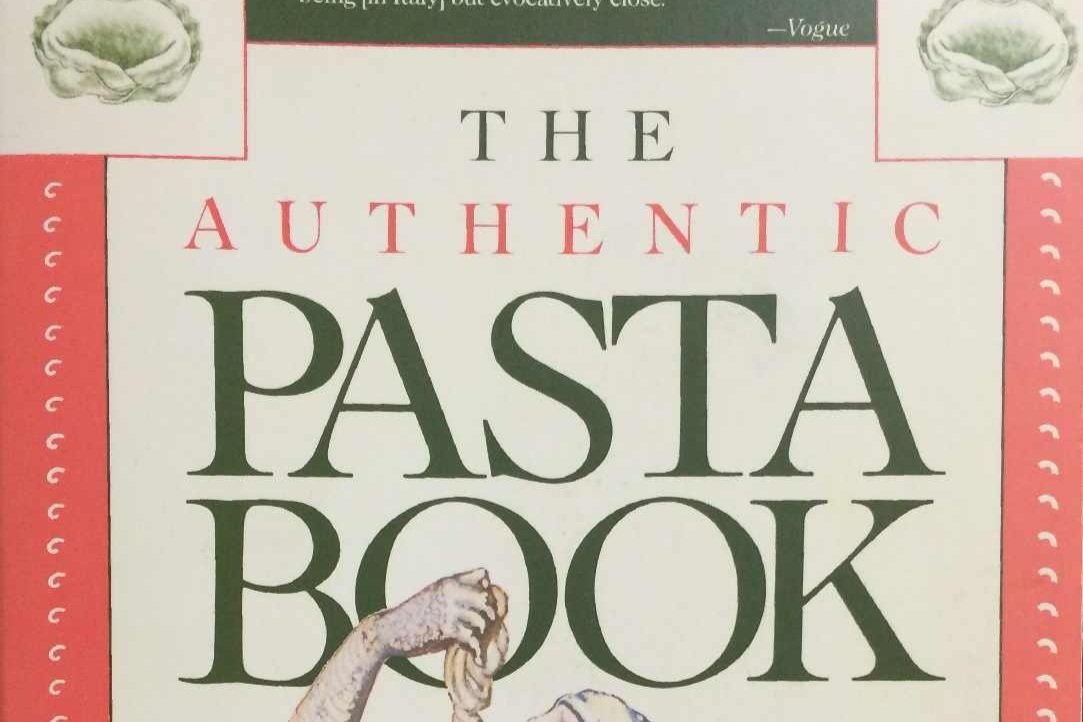
Advertisement

Fred Plotkin
Authority on Italian food and opera
Most popular
Fred's collections
Narrowing down the list of 200 recipes in his book 'Recipes From Paradise' was not an easy task, but here are ten recipes that Fred believes tell the tale of Ligurian cooking, from soup and bread to fish and seafood, and a classic Genoise sponge cake.
Features & Stories

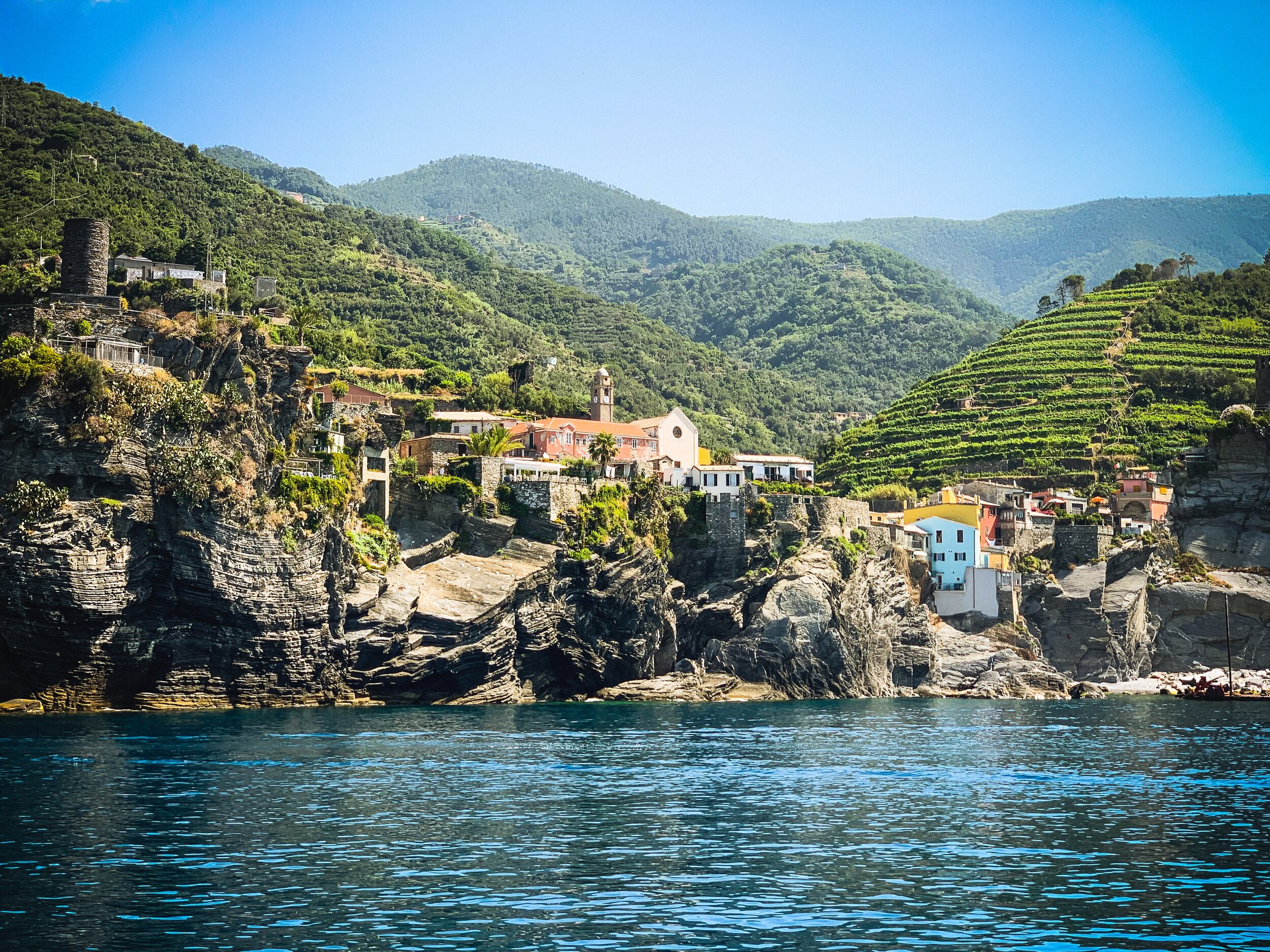
Behind the Cookbook: Recipes from Paradise
Fred's favorite cookbooks
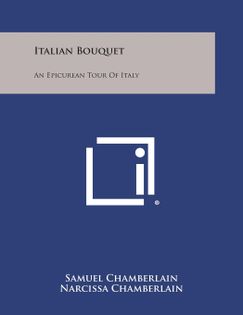
Italian Bouquet: An Epicurean Tour of Italy
No book was more inspiring to me as a reader and future food writer than Chamberlain’s Italian Bouquet. He also did Bouquet books about France and Britain, but it was the Italian one that won my heart. The author and his wife travelled all over the country and captured the ways Italians lived and ate in the first decade after the nation’s crushing humiliation and suffering under Fascism. The book depicted a nation just finding its feet and its energy, not only in words but beautiful line drawings and evocative black-and-white photographs. There are recipes as well, and they work, but the heart of the book is showing how food survived, again flourished, and regained its significance as central to Italian life and identity.
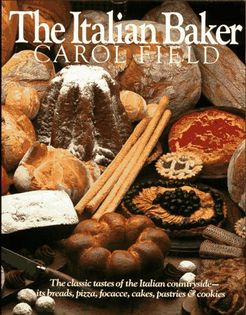
The Italian Baker
So definitive is American author Carol Field’s book on Italian baking, both in its original and revised editions, that one sees it in bakeries throughout Italy, covered in flour and oil that attest to its being regularly consulted. There is no other book in any language on the subject that is its equal. Field’s approach to all of the Italian regional masterpieces of bread and desserts is thorough and clear and the results fill one with gratitude.
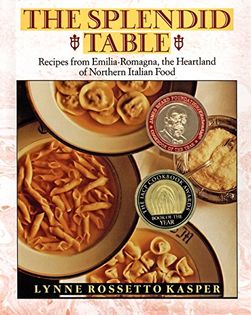
The Splendid Table
One of the trailblazing books about Italian food as a product of regional and local history, agriculture and heritage. Kasper takes recipes that are often complicated to prepare and requiring ingredients that must be perfect for the dish to succeed and miraculously makes them work thanks to superb cooking skills and a clear writer’s voice. The fact that the cuisine comes from Emilia-Romagna, a region with a rich larder and matchless food wisdom, means that the author had a superb subject to address and she did honour to it.
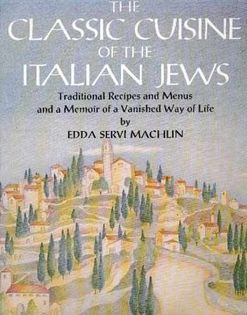
The Classic Cuisine of the Italian Jews
This book is one of the earliest examples of a recipe collection that also serves as a history book and a memoir. Machlin lived in Pitigliano, a hamlet tucked into southeasternmost Tuscany that had a Jewish population dating back nearly 2,000 years. Most of the residents were rounded up under Fascism and died at the hands of the Nazis. Italian Jewish cuisine is distinct in that it respects the dietary laws of the Jewish religion but uses ingredients and cooking methods anchored solidly in Italian tradition. Machlin explains all of this in a clear and patient way and has produced recipes that are easy to prepare and are delicious—in no way does on feel that they are compromised adaptations meant to conform to religious dictates. Everyone, of every faith, can delight in this food and help keep alive a culture that totalitarianism tried to exterminate.
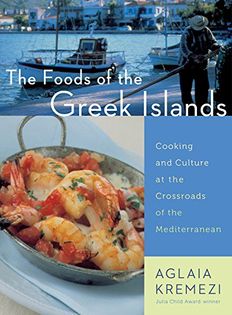
The Foods of the Greek Islands
Aglaia Kremezi is the Aphrodite (goddess of love, beauty and pleasure) of the foods of her native Greece. She is also her nation’s oracle, the definitive expert on all of the distinct flavors of land and sea, how they evolved and how they are subtly different from one place to the next. She has traveled, like Odysseus, to speak to Greek women and men everywhere who till their soil, produce food, fish their seas, and are wise about what the seasons will bring. Kremezi bears witness to her countryfolk in all of her books and is a superb recipe writer, enabling her readers to enjoy this delicious food in their own homes.
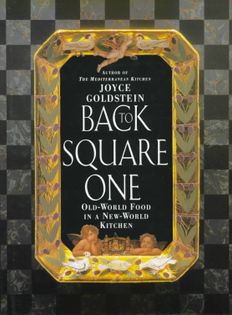
Back to Square One: Old-World Food in a New-World Kitchen
Joyce Goldstein, the prolific and multi-talented author and chef, ran a legendary restaurant in San Francisco called Square One. People who loved food and admired Goldstein’s sovereign knowledge of ingredients and cooking methods made pilgrimages to her kitchen. She combines Italian, Mediterranean, Jewish, North African and South American flavors with logic, panache and unfailing senses of taste, smell and touch. That she is able to communicate all this clearly to her readers in Back to Square One and her many other fine books makes her an indispensable writer for people who really like to cook and eat and not simply read.
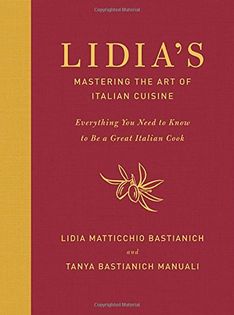
Lidia's Mastering the Art of Italian Cuisine: Everything You Need to Know to Be a Great Italian Cook
Lidia Bastianich is an adored and renowned chef, restaurateur and television personality whose appeal is her sincerity and undeniable gifts as a cook and communicator. All of her books are treasurable collections of recipes and photographs. This one, however, has different aims and they are brilliantly realized. This is a book that contains a lifetime of chef’s wisdom delivered in clear and cogent ways. The book’s lack of illustrations is, in fact, a virtue in that one reads it to learn from a master rather than be entertained by a friend. Bastianich achieves the rare feat of getting the reader to think like an Italian home cook.
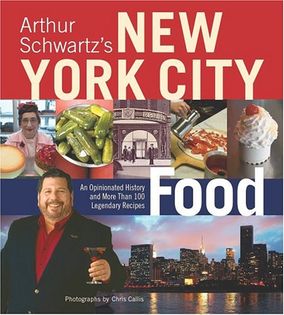
New York City Food: An Opinionated History and More Than 100 Legendary Recipes
Arthur Schwartz is a maven, a New York word of Jewish origin that suggests passionate expertise. He is a man of cultivated taste and strong opinions, which he applies successfully in his books on the food of Southern Italy as well as of his native New York. In this book he tracks down the origins of many dishes that his hometown made famous, provides the definitive recipe (he is one of the best recipe writers in the business) and debunks all of the myths and misconceptions that have attached themselves to New York City food lore. He delivers all of this information in his inimitable writer’s voice and gentle humor.

The Joy of Cooking
The first edition of this indispensable primer was written by Irma S. Rombauer in 1931 and has been updated countless times since, often with her daughter Marion and subsequently by other relatives and new editors. This is among the first books any American home cook acquires and is a valuable instruction manual on the basics of ingredient selection, preparation and cooking. Recent editions did harm to some of the book’s quirky charm by standardizing concepts that defy standardization. The original Rombauer versions (epitomized by the 1975 edition) of this book teach the reader—often a stranger in the kitchen—how to cook but also how to think creatively and intuitively. Many Americans of a certain age refer to The Joy of Cooking as “Mother Rombauer.”
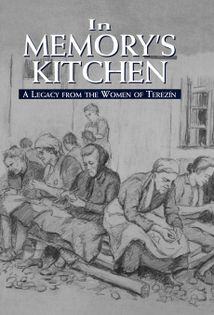
In Memory’s Kitchen: A Legacy from the Women of Terezin
This is a cookbook like no other, one that people who only think of themselves as foodies fail to comprehend. It is a book about food as identity, about survival and about memory. Jewish women who were imprisoned at the Terezin concentration camp during the Second World War wrote on scraps of paper everything they knew about what they ate before that way of life was destroyed by Nazi Germany. They were determined to document what they knew was going to be destroyed. These fragments found their way out of the camp even though their authors did not. Miraculously, after decades, they came into the hands of a sagacious and sympathetic editor, Cara De Silva, who made it her mission to bring to life what would have otherwise vanished.
Advertisement

